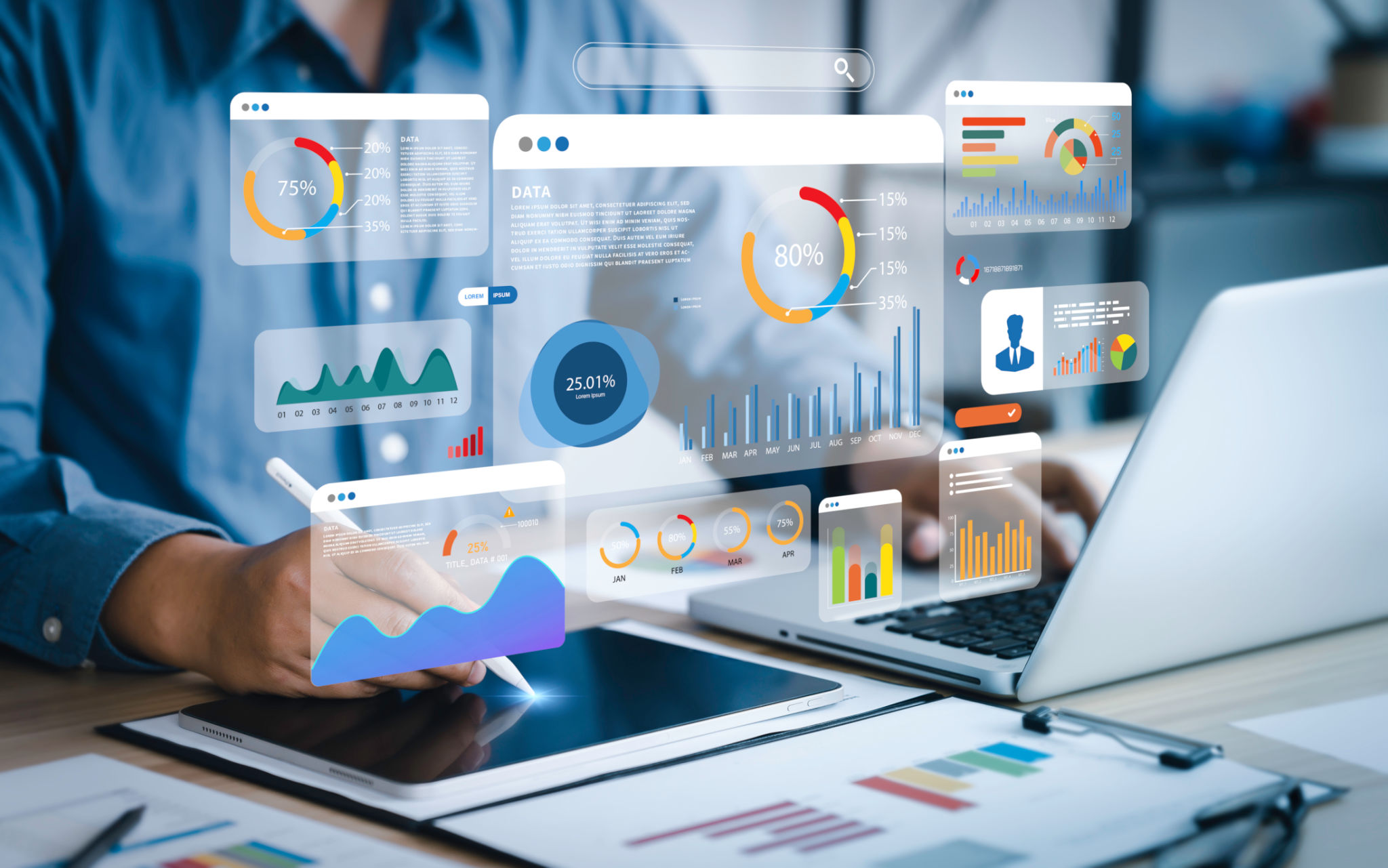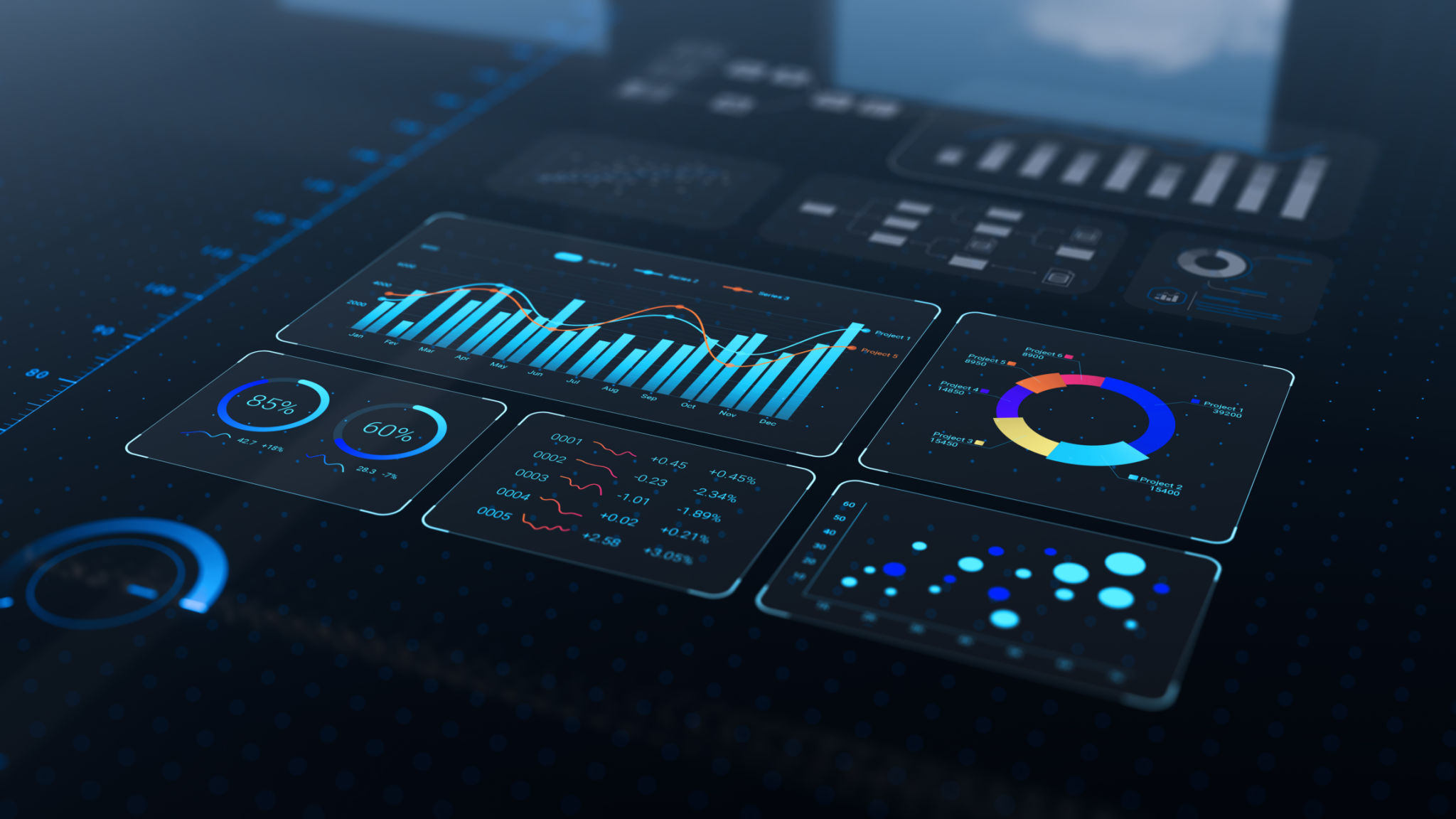Exploring the Latest Developments in Data Visualization Tools
The Rise of Data Visualization Tools
In recent years, the realm of data visualization has experienced a significant transformation. As organizations increasingly rely on data to drive decisions, the demand for advanced visualization tools has skyrocketed. These tools not only help in interpreting complex datasets but also play a crucial role in communicating insights effectively to stakeholders.
The latest developments in data visualization tools have focused on enhancing user experience, integrating advanced technologies, and providing more customized solutions. This has led to the emergence of innovative features that are setting new standards in the industry.

Integration of Artificial Intelligence and Machine Learning
One of the most notable advancements in data visualization tools is the integration of artificial intelligence (AI) and machine learning (ML). These technologies allow for more intelligent data processing, enabling tools to automatically generate insights, detect patterns, and even predict future trends. This not only accelerates the analysis process but also makes it more accurate.
AI-powered tools can automatically suggest the best types of visualizations for different datasets, taking into account factors such as data complexity and audience preference. This significantly reduces the time and effort required by users to create meaningful visualizations.
Enhanced Interactivity and User Experience
Modern data visualization tools are increasingly focusing on enhancing interactivity. Features such as drag-and-drop interfaces, real-time data updates, and interactive dashboards allow users to engage more deeply with their data. These tools facilitate easier exploration of datasets, enabling users to uncover insights that might have been overlooked with static charts.

Furthermore, these tools are designed with non-technical users in mind, ensuring that everyone can benefit from data visualization without needing extensive training. This democratization of data analysis empowers more individuals within organizations to make data-driven decisions.
Customization and Flexibility
Today's data visualization tools offer a high degree of customization, allowing users to tailor visualizations to meet specific needs. Custom templates, themes, and color palettes enable users to align their visualizations with brand guidelines or personal preferences. This flexibility is particularly beneficial for businesses looking to maintain a consistent visual identity across their communications.
In addition, many tools now support integration with various data sources, from traditional databases to cloud-based platforms, providing users with a comprehensive view of their data landscape.

The Future of Data Visualization
As data continues to grow in complexity and volume, the future of data visualization tools looks promising. We can expect further advancements in AI integration, making these tools even smarter and more intuitive. Additionally, as augmented reality (AR) and virtual reality (VR) technologies evolve, they may become part of the visualization toolkit, offering immersive ways to explore and present data.
Organizations that stay abreast of these developments will be better positioned to leverage data insights effectively, driving innovation and maintaining a competitive edge in their respective industries.
In conclusion, the latest developments in data visualization tools are revolutionizing how we interact with data. By embracing these advancements, businesses can unlock new opportunities for growth and efficiency.
